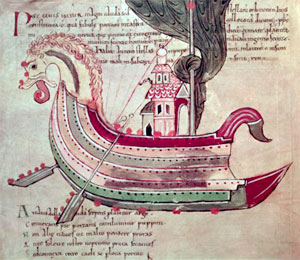In medieval Scandinavia, there were two seasons: summer and winter. There were twelve lunar months in the Old Icelandic lunar calendar: Harpa ("Harpa-month"), Stekktíd ("Lamb-fold-time"), Sólmánuður ("Sun-month"), Miðsumar ("Midsummer"), Heyannir ("Hay-month"), Haustmábuður ("Harvest-month"), Gormánuður ("Slaughtering-month"), Ýlir ("Ylir"), Hrútmánaður ("Ram-month"), Þorri ("Thorri-month"), Góa ("Goa-month") and Einmánuður ("Last month of Winter").

The early days of summer (sumarmál) began in the modern month of April, and summer lasted until October. The first month of summer, Harpa, roughly corresponds to April-May. The local "Spring Assembly", or vorþing, took place at the end of the fourth week of summer; lasting four to seven days between 7 and 27 May. The Althing, or national parliament, was held when eight weeks of summer had passed. Lastly, the Autumn Meeting took place no later than ten weeks before the end of summer.
"Winter" lasted from October to April. The two day period when winter began, the Winter Nights or veturnætur, occurred around the middle of October. It was a particularly holy time of the year, when sacrifices were made to the local guardian spirits and other social events such as games meetings and weddings took place. The first month of winter, Gormánuður, was also the time when animals were slaughtered so that their meat could be stored for the winter.
Next page: the christian calendar
